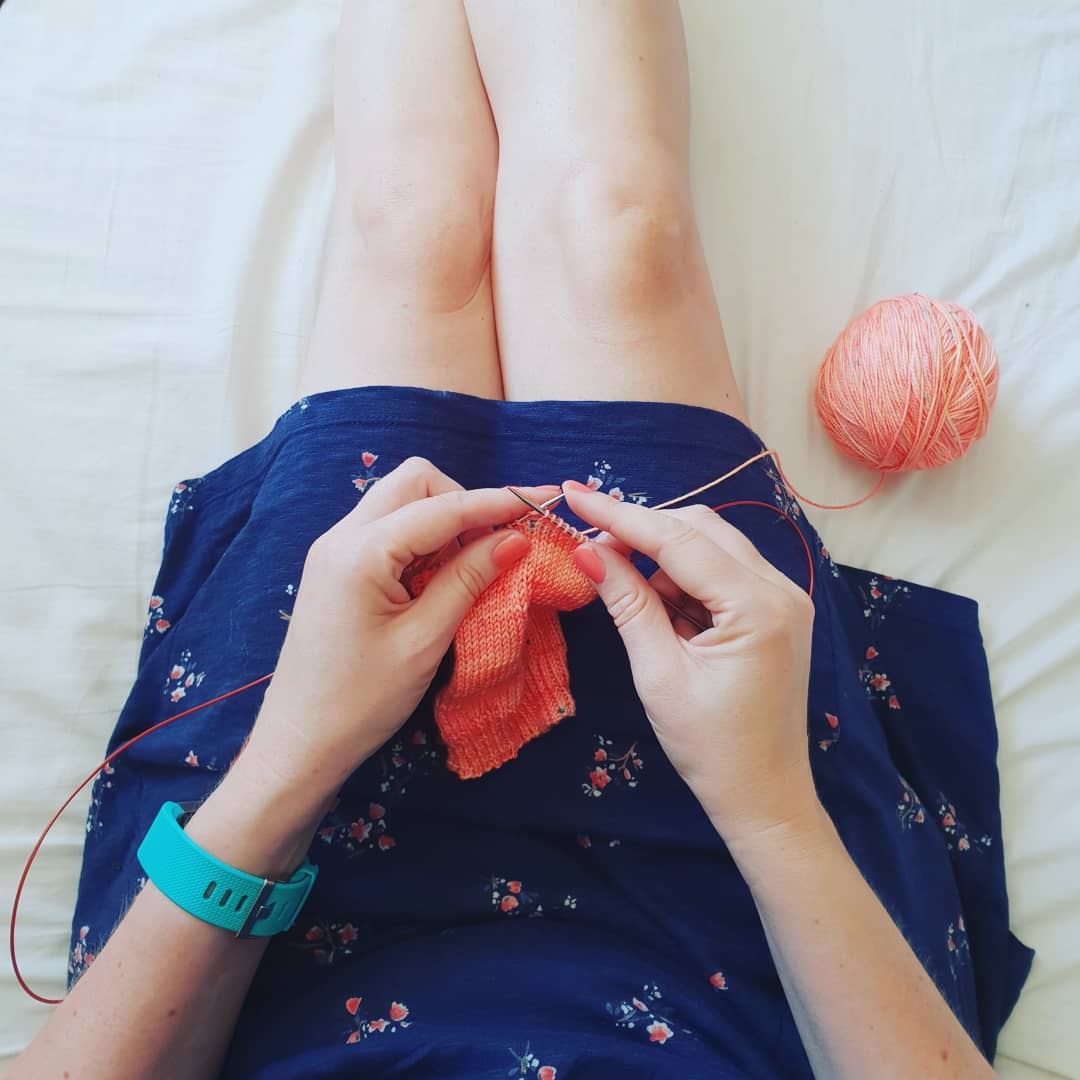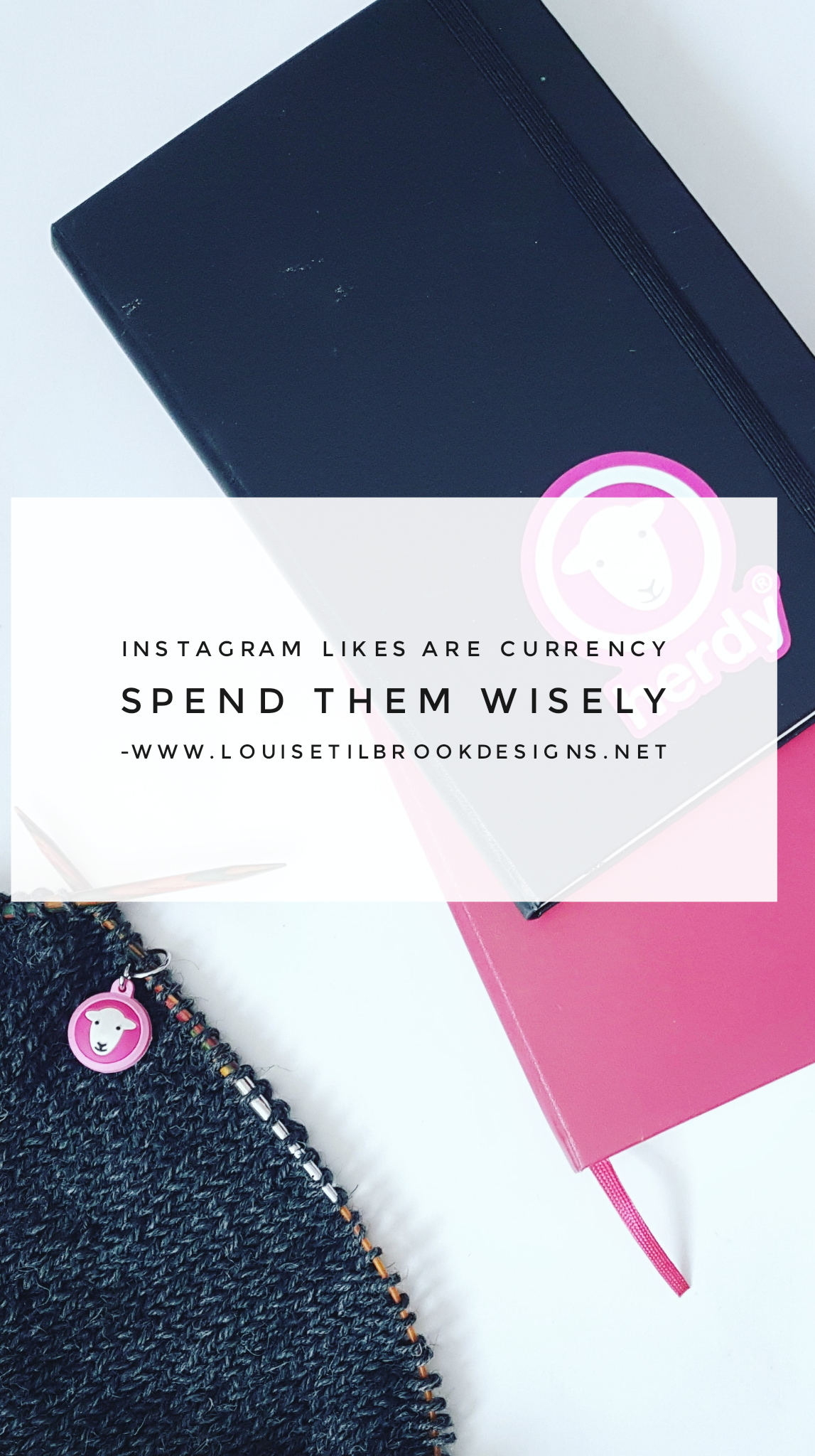No pretty photo here today but a bit of warning - this is a bit off the cuff and a bit longer than usual but I hope you will stick with me.
The past weekend saw a lot of activity surrounding the anti-Trump demonstrations in the UK and I was thrilled to see so many handknit items on parade. I love to see our craft used for the purpose of self expression, so photos of Pussy Hats and knitted protest banners - especially the #ballstotrump one knitted by the East London Knitters.
There were however the sadly predictable comments from those who firmly believe that "politics have no place in knitting" and that knitters on social media should just "stick to the knitting". They might as well as "Women - know your place" and have done with it.
I am firmly of the opinion that politics has a place in every aspect of our lives and that to try and compartmentalise it is artificial and ignores the fact that not only are we knitters but we are also humans.
On social media as much as in real life we crave connection and interaction. The recent world events however have meant that people seem increasingly unwilling to see anything that contradicts their world view.
Yes, I'm a knitter and my social media reflects that but I'm also interested in a wide variety of other topics - cooking, parenting, politics, feminism, literature, bullet journaling, slow living. I could go on but you take my point. The knitting (and the politics) are a small but important part of who I am as a person.
Ask folks what they want to see on social media and the answer is immediate with words like "authenticity" "real life" and "reality" frequently heard. We decry people for being "less than authentic" and we criticise the over-styled flatlay.
But, here's the thing, if you want the reality and you want the knitting then you have to accept that other aspects - like the politics - will also come along for the ride.
Every so often I'll share a post about bullet journaling. It never does as well on Instagram as my yarny posts but that's totally fine. But I share a photo of a knitted protest banner or comment on someone else's photo of a Pussy Hat and I receive vitriolic messages and hateful comments. And yes, I'm fully aware that in writing this I will receive more of the same but that's fine.
One message that really struck home was this. "I really hate it when people I follow for their knitting suddenly see fit to air their views on other subjects". But yet, if you can't share your views and your life on your own social media feed then where can you?
If we take that to it's logical conclusion that leaves us with a series of pretty, perfect images of knitting. Devoid of personality, devoid of humour, warmth and that personal connection we so crave. Like a glossy magazine you can flick through but not engage with.
Almost exactly like those recent bot accounts that have swept through Instagram. Beautiful images to be sure but meaningless when taken out of context. Maybe some people really would rather follow an Instagram robot than a real person!
Now that's a thought - and not a happy one.
As for me - I'd rather have real life and the knitted banner complete with "Protesticals" every day of the week.



